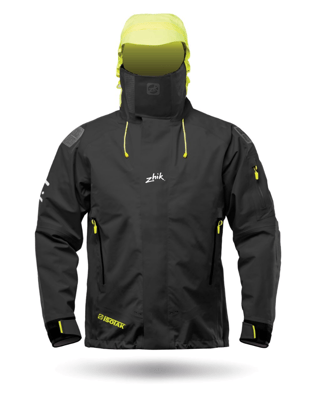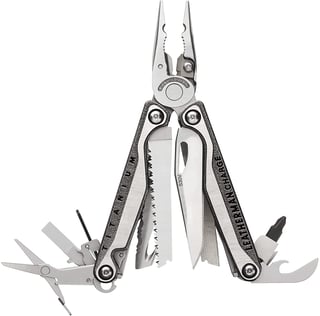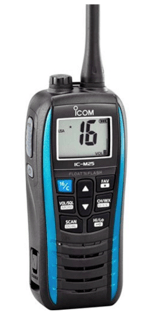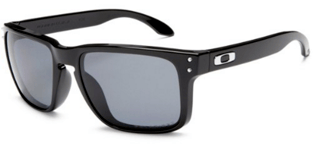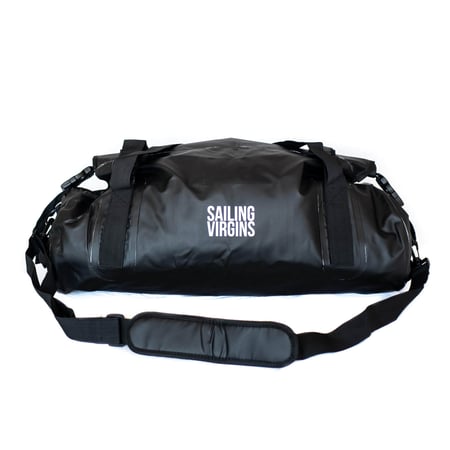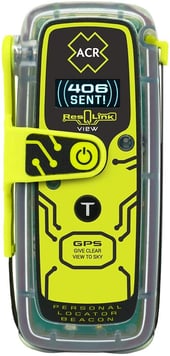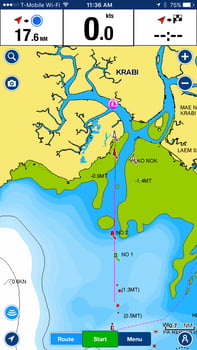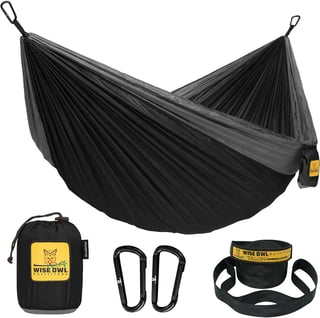You’re either about to spend some money on gear or want to know that you’ve got everything you need. If you’re heading on an adventure or have a summer season of sailing ahead here are some things you need to have in your kit. Below are the ten tips in point form. I expand on them further down.
- Foulweather gear (aka rain jacket and pants)
- Deckvest
- Headlamp
- Leatherman
- Handheld VHF radio
- Polarised sunglasses
- Waterproof bag
- Personal Locator Beacon
- Navionics
- Hammock
1. Buy the best foul-weather gear you can.
It’s expensive. But if you’re buying foul-weather gear for offshore sailing, you’re anticipating being in foul weather. You can’t tell how bad it’s going to get. But you can be sure that the worse it gets, the more you will thank yourself for buying the best. Expect to spend over $1,000 for a set. Musto, Henry Lloyd and Helly Hansen are the established brands. Sail Racing from Sweden and Zhik (pronounced “Zike”) out of Australia are newer, cooler brands and between them are currently favoured by most of the sailors on the America’s Cup/SailGP/World Championship tour. If in doubt between several options, buy the better quality one. You won’t regret it when you're out there.
2. Get a decent deckvest.
Following on the logic of purchasing decent foulweather gear, if you're sailing offshore, your deckvest also needs to be the best you can find. It needs to auto-inflate when in water but ideally not when you are getting smashed by waves when hiking. Spinock are well known in this area with their 6D shown here. Pay attention to airport/airline security when flying with this as it has a CO2 canister. Spinlock have something to say about this here.
3. Find a great headlamp with a red light.
A red light is essential as it can help maintain your night vision when you are on a night watch. Cheap headlamps can be purchased at the supermarket but they are not worth it. You need a good quality, waterproof model. This no longer means expensive. You need to be able to check sails at night with decent white light and make your way around the cockpit and cabin with your red light. Changing between red and white easily is also a plus. Some have a USB-recharge feature which is brilliant should you not be able to find a corner store selling AAA batteries in the middle of the Atlantic. Otherwise, buy yourself some rechargeable batteries and a little solar charger. Here is the headlamp I own and love (a Black Diamond Storm), and costs around $50. Here is a cheaper headlamp if you’re on a budget (still good although not as waterproof as the Storm and here is the Petzl model shown if your budget is higher and you want the best. This Petzl also offers a rechargeable battery and a cool lantern attachment.
4. Get a Leatherman or similar multi-tool.
When I passed this around to some sailing buddies, the need for a decent multi-tool was unanimous. The two main brands around are US-made Leatherman, with a tool like the Sidekick shown here, or the Charge Plus Titanium if your budget allows for it. version called the Spirit. Both are excellent. Get a lanyard.
5. Waterproof, hand-held, VHF radio.
Experienced skippers will know this feeling; you are given a boat to deliver or charter and there is some sort of issue with the VHF and chart plotter. Even if there are no technical issues with the VHF, the unit is down below and you need it up top. Buy a hand-held. The best one we have tested is also one of the simplest and most affordable; the ICOM M25 shown here. This is the successor to the legendary M24. It is waterproof, has a flashing light that is activated upon dropping it in water, has great sound and best of all with this new model, is now rechargeable with a USB connection. And it’s half the price of models that may have more features but which you most likely won’t use.
6. Good quality pair of Polarised Sunglasses.
Chances are you will lose them. A jib sheet will knock them off just as you are tacking or a less-than-stable dinghy ride back from the pub will send your favourite sunnies to the bottom. Regardless you still need a good quality pair of polarisers. Cheap sunglasses may dilate your pupils while still letting in the nasty wavelengths. There are plenty of decent quality branded pairs priced between $50 and $200. I have a pair of Persols and love them. Ray Ban, Oakley and other well known brands all offer great quality optics. Dot Dash are cheaper but still have decent optics - it’s just that their frames can break but hey you might be happy to simply buy two or three pairs and have a backup. As with most things, you get what you pay for.
7. Waterproof bags are worth it.
When getting on someone else’s boat, either for work or for mileage, you need to travel light and have a bag that is useful, collapsable, can take a splash and of course looks good. The recommendation we would make here is our own custom designed, twenty liter Sailing Virgins Drybag. Perfect for sailing.
8. Personal Locator Beacon - best money you’ve ever wasted.
Consider this item an insurance policy. You buy it once, get it registered with your Coast Guard, keep it in your foul weather jacket and hopefully never use it. No matter which boat you find yourself on, you know that if everything turns turtle and you have your jacket on, you stand a chance at being found. I purchased mine a few years back and have done nothing save putting some electrical tape around it to stop the antenna unwrapping itself in my pocket. 250 bucks very well spent. Here is a link to the ACR model (the one owned and recommended by your writer). Another brand called SPOT is popular, although that serves a slightly different function. A SPOT is more a “breadcrumb” device to let your friends know where you are. The ACR PLB is a last-resort 407MHz satellite locating beacon. It’s better in emergencies.
9. Navionics is amazing.
I was once crossing the Atlantic on a colleague’s brand new Catana 59’ with a fully integrated $40K Furuno navigation system. It broke. We came through the Caribbean and into Miami using my forty-dollar Navionics package on my beat up iPhone 4. No worries. You can purchase Navionics from the App Store or Google Play. You will need to purchase the Navionics app which is applicable to your area. This costs between $30-60 per area. Once purchased, you need to download the charts within that area. Once you have the charts on your phone, you no longer need a connection to the mobile networks to navigate; all you need is GPS. In other words, with the charts downloaded you can use Navionics with a normal device in the middle of the Atlantic. It’s awesome. Get it and also the add-ons they offer. Then you won’t be dependent on the dodgy plotter on an unfamiliar boat.
10. Get a hammock for summer nights.
There’s something about swinging in the cool breeze on the deck of your boat in summer with a loved one by your side that makes a hammock worthwhile. There are many hammocks out there but we found this one from Wise Owl to be the lightest, strongest, best value hammock/strap bundle. For $35 it’s a no-brainer if you’re working in the Med or Caribbean. Get a double. Godspeed young skipper.
A few more thoughts...
Unless you’re racing or sailing in winter you can leave the gloves at home. For most sailing, especially warm blue water cruising, there really isn’t a great need for gloves. Nevertheless, feel free to put a pair in your kit for the odd race you might be asked to join.
In summer your badass foulies might be a bit heavy. Climbing brands like Arc'teryx sell these awesome light-weight gore-tex jackets that are cheaper, lighter and, because they are made for climbers, give you fantastic range of movement when you're sailing.
Most links here are connected to the Sailing Virgins affiliate account on Amazon. This means if you do buy items here, we will be paid a small amount from Amazon (your prices are exactly the same though). We would give the same recommendations regardless of any affiliate deals. Just letting you know.
Click below if you'd like more sailing tips and the chance to win some free merch from time to time.
CONCLUSION:
With these items in your kitbag, you're ready for a season of skippering. Have I missed anything or just gotten something plain wrong? If so please place it in the comments. Love alternate opinions.
Thanks to Captains Taylor Snipes, Kerry Coyne, Luke Mitchell, Jens Werenskiold, Max Wojcik, Oliver Evans, Tommy Kysor and of course Nikolai Töllborg for help compiling this list. You can’t find a better sailing brains-trust than these guys.
Sailing Virgins exists to improve people's sailing. We're based in the Caribbean. Send us a message or call me for more info about courses.
